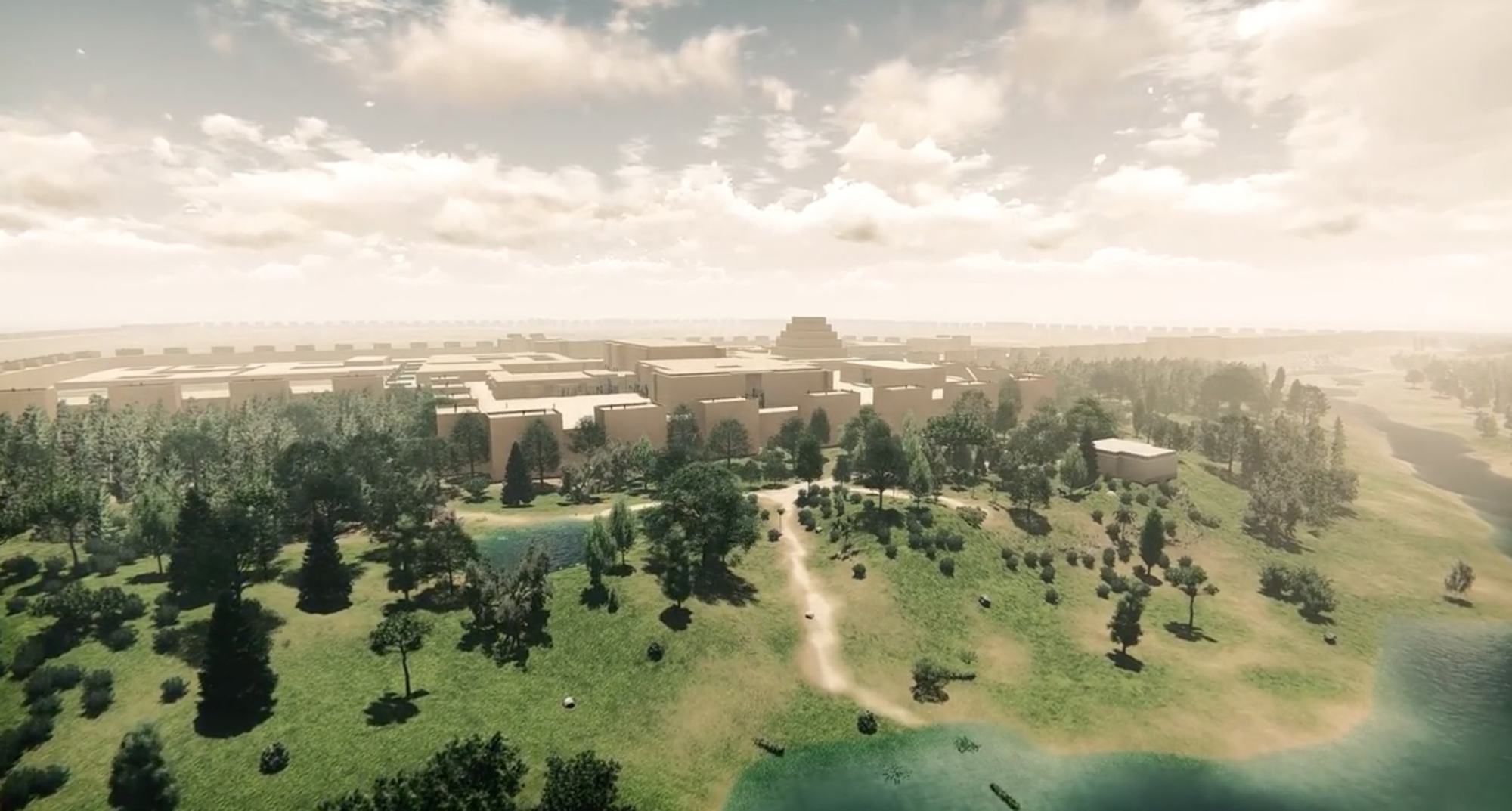
- Home
- Explore the site
- Background to the discovery of the city
The first exploratory missions
Charles Texier led the first French exploratory mission to Mesopotamia in 1834, and travelled through Anatolia, Mesopotamia and Persia. In 1840, Édouard de Sercey led a mission to Persia where he was joined by the architect Pascal Coste and Eugène Flandin. Between 1851 and 1854, Félix Thomas and the Assyriologist Jules Oppert were employed on a further scientific expedition to Mesopotamia led by Fulgence Fresnel. These diplomatic missions were intended to observe rather than excavate sites.
Friendly rivalry
Britain enjoyed a very strong presence in the Near East in the early 19th century thanks to men such as the Consul-General Claudius James Rich. France had been fairly inactive since the Egyptian campaign and beefed up its presence in the Near East through its consuls in Mosul. The French and British archaeological teams in Iraq indulged in friendly rivalry, with Paul-Émile Botta and Victor Place excavating sites in Khorsabad as Sir Henry Layard and Sir Henry Rawlinson were doing the same in two other major Assyrian capitals - Nineveh and Nimrud.
Deciphering cuneiform
The deciphering of the cuneiform writing system began with the study of texts written in the old Persian alphabet. which is easier to understand. Henry Rawlinson's work on the trilingual inscription at Behistun proved decisive. Well versed in the Classics and linguistics, he managed to translate the old Persian text in 1846. The Akkadian and Elamite copies of the inscription were also soon translated largely because of his work. Akkadian, the language used in Khorsabad, was deciphered around 1850 by Assyriologists including Henry Rawlinson, Edward Hincks and Jules Oppert.


